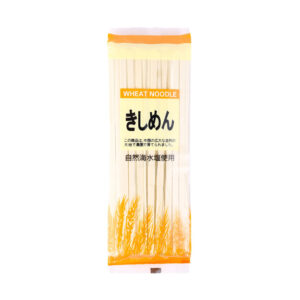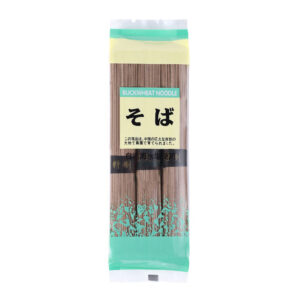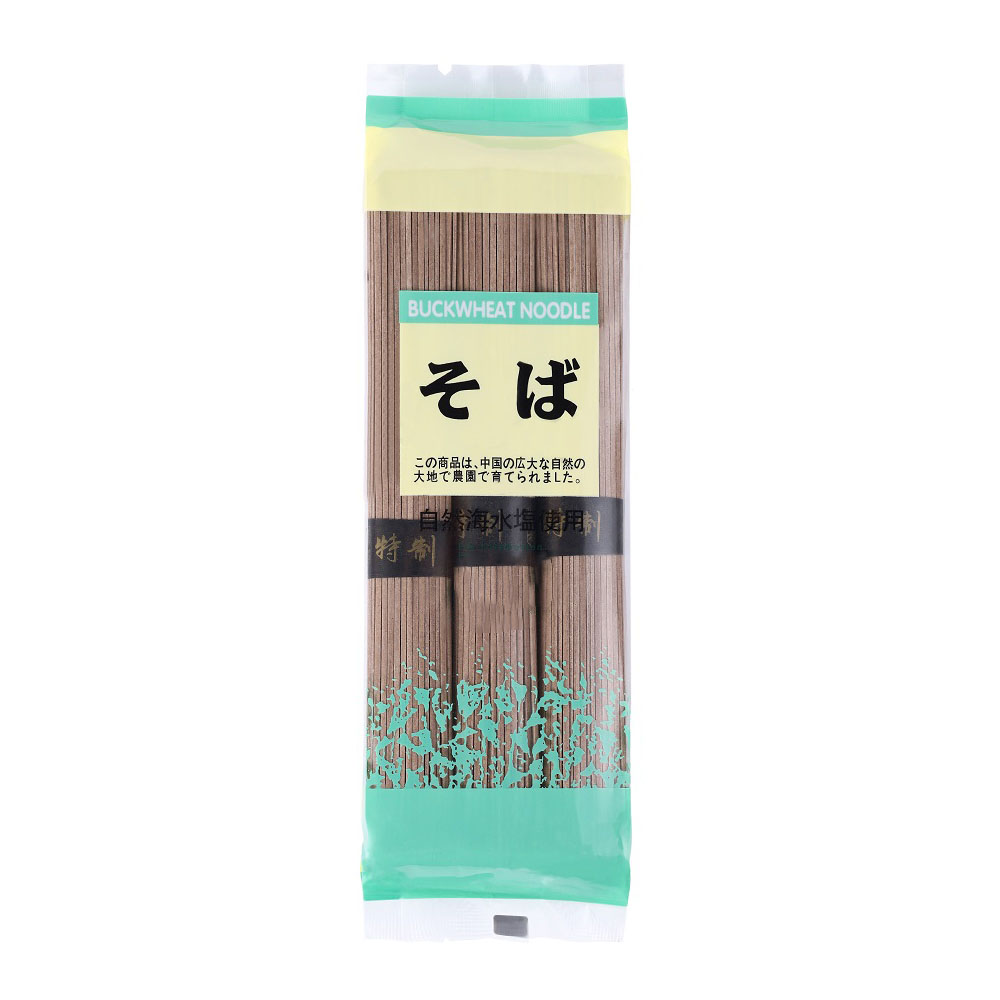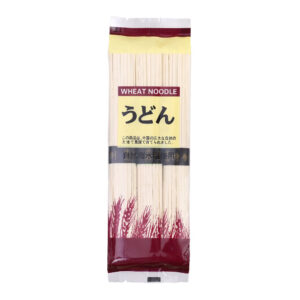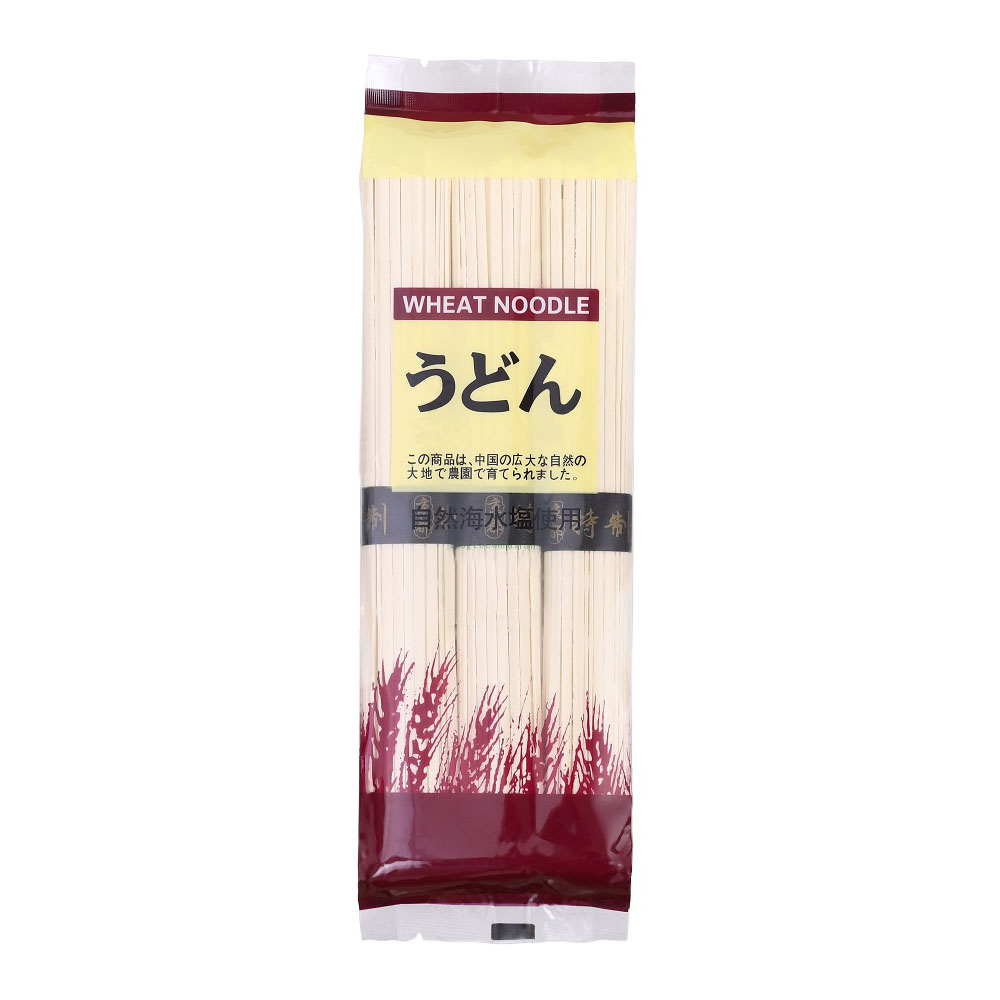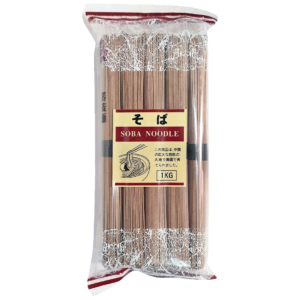Description
Egg Noodles: Features, Types, and Uses
Egg noodles differ from regular pasta due to the addition of eggs to the dough, which gives them a unique texture, flavor, and nutritional properties. They are often softer and more flexible than durum wheat pasta, making them ideal for a variety of dishes.
Features of Egg Noodles
- Ingredients: Egg noodles are made only from flour and eggs, eliminating the need for leavening agents and making them easier to prepare.
- Texture: They are generally softer and more elastic than spaghetti, allowing them to better hold sauces and absorb flavors.
- Taste: Due to the egg content, egg noodles have a richer, more eggy flavor that can change the way a dish is perceived.
Uses for Egg Noodles
- Chicken Soup: This is a traditional choice for chicken noodle soup, which is rich in flavor and aroma.
- Spaghetti Substitute: Egg noodles can be used as an alternative to spaghetti in a variety of recipes, such as lasagna, carbonara, or pesto pasta.
- Other Dishes: They are great in salads, stews, and casseroles, adding a delicate, unique flavor.
Types of Egg Noodles
- Rotini: Short, curled noodles that hold sauces well and are often used in Italian cooking.
- Fusilli: Spiral-shaped noodles popular in Mediterranean cuisine and ideal for salads and casseroles.
- Regular Egg Noodles: Long and thin, used in soups, woks, and other Asian dishes.
Cooking Tips
- Cooking Time: Cook egg noodles for 1-2 minutes less than regular pasta to prevent them from becoming overcooked.
- Sauces: It absorbs sauces well, so you can experiment with different flavors such as tomato, cream, soy or pesto.\
- Serving: Serve the egg noodles hot to preserve their texture and flavor.


